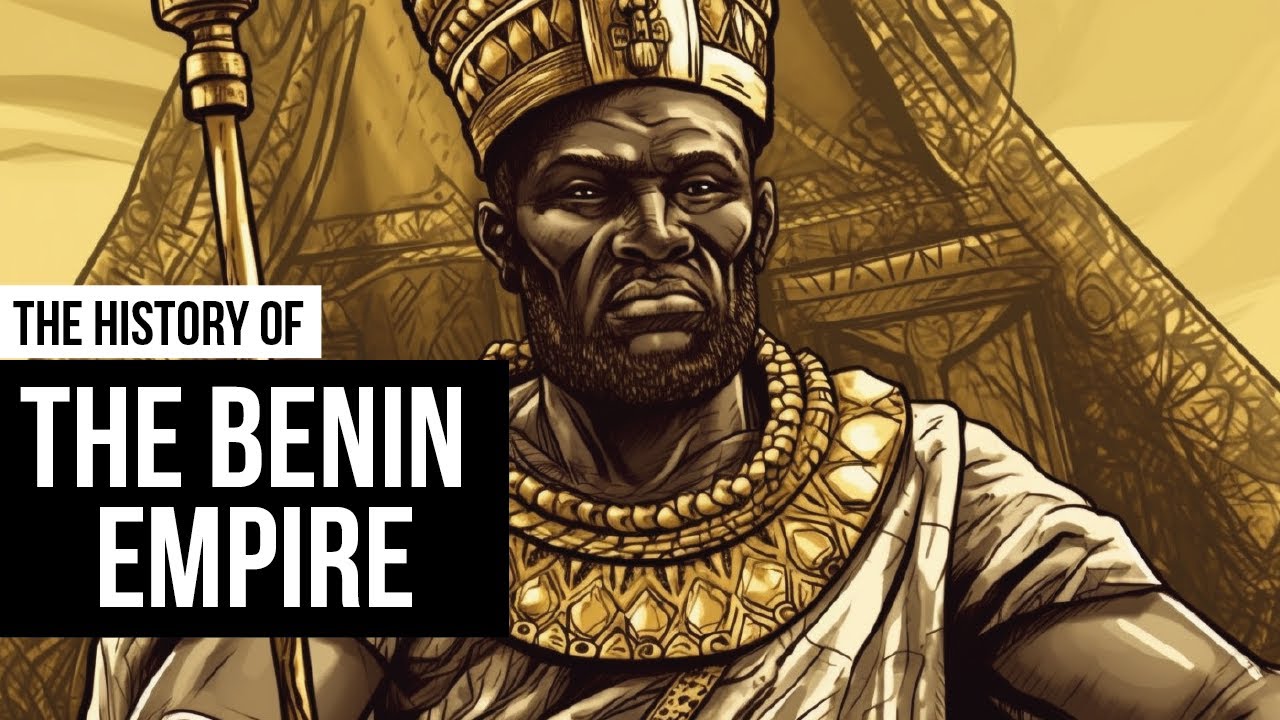
Empire of Benin: Kings, Art, and Dramatic Events
Empire of Benin: Kings, Art, and Dramatic Events
In this video, we take a deep dive into the history of the Empire of Benin, a pre-colonial African state located in what is now southern Nigeria. From its powerful rulers and sophisticated government to its stunning artworks and dramatic events, we explore the many facets of this fascinating civilization. Join us on this journey through time to…
source
Reviews
0 %

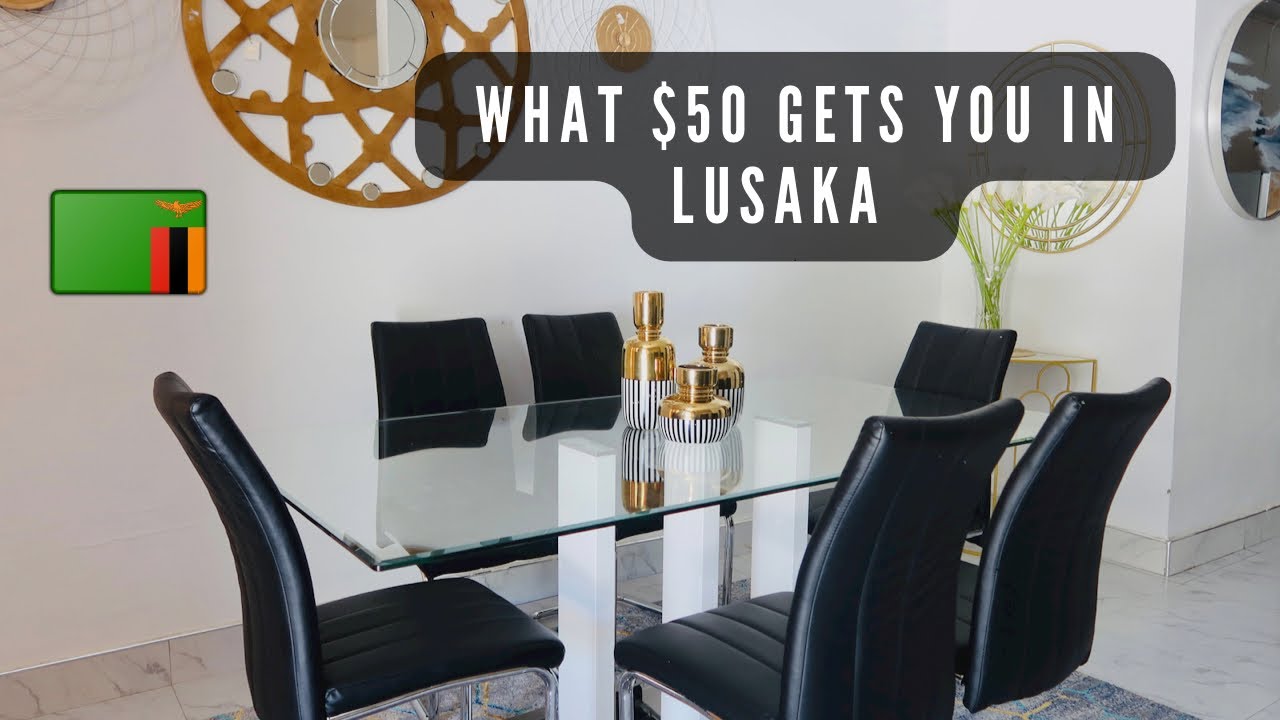

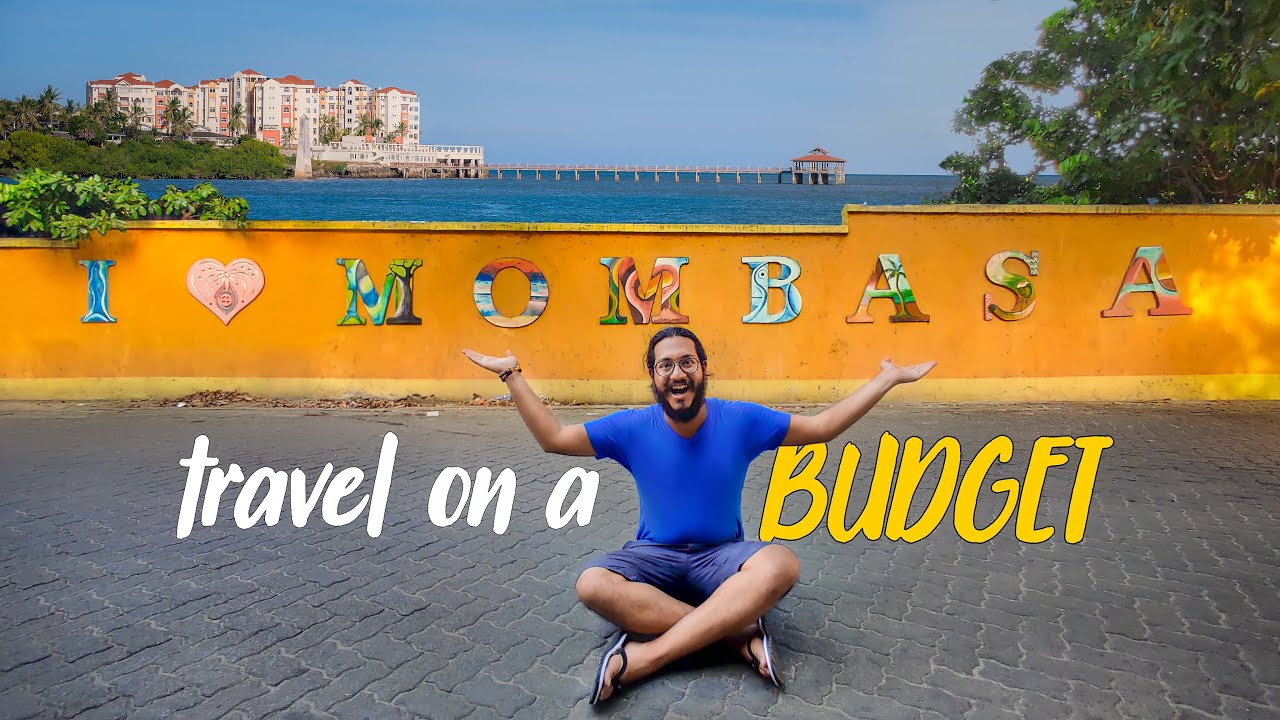
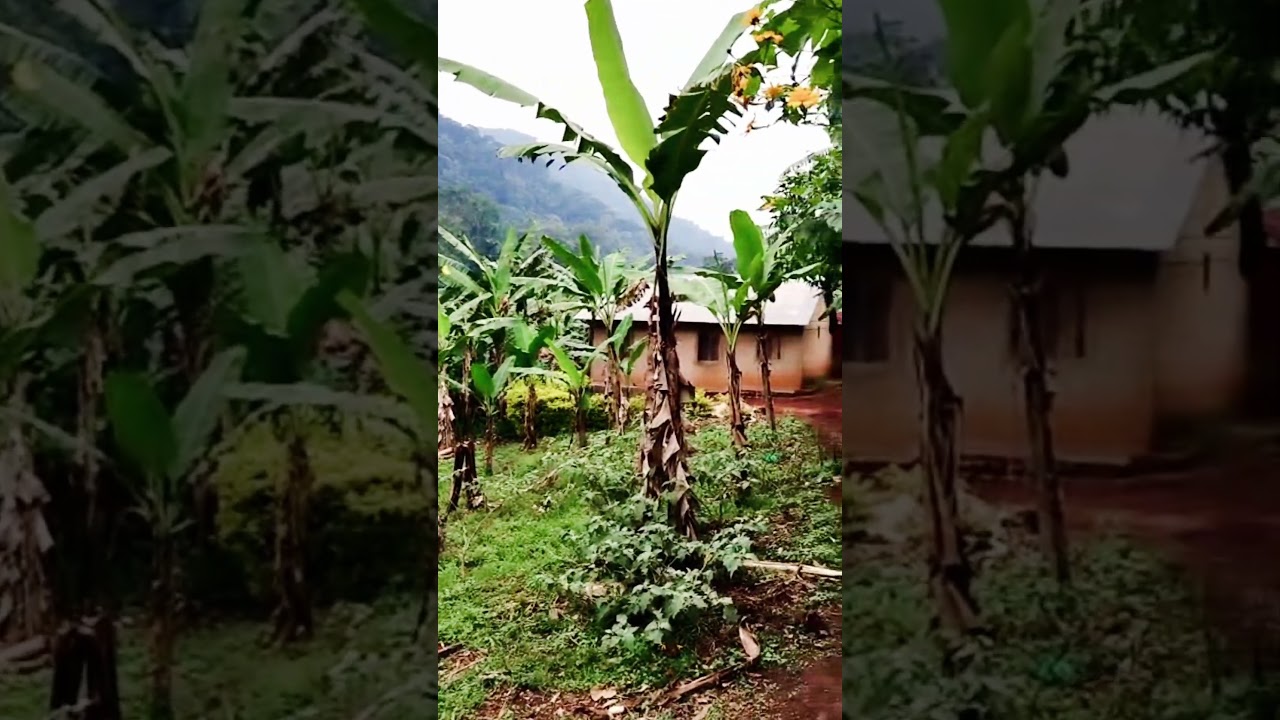

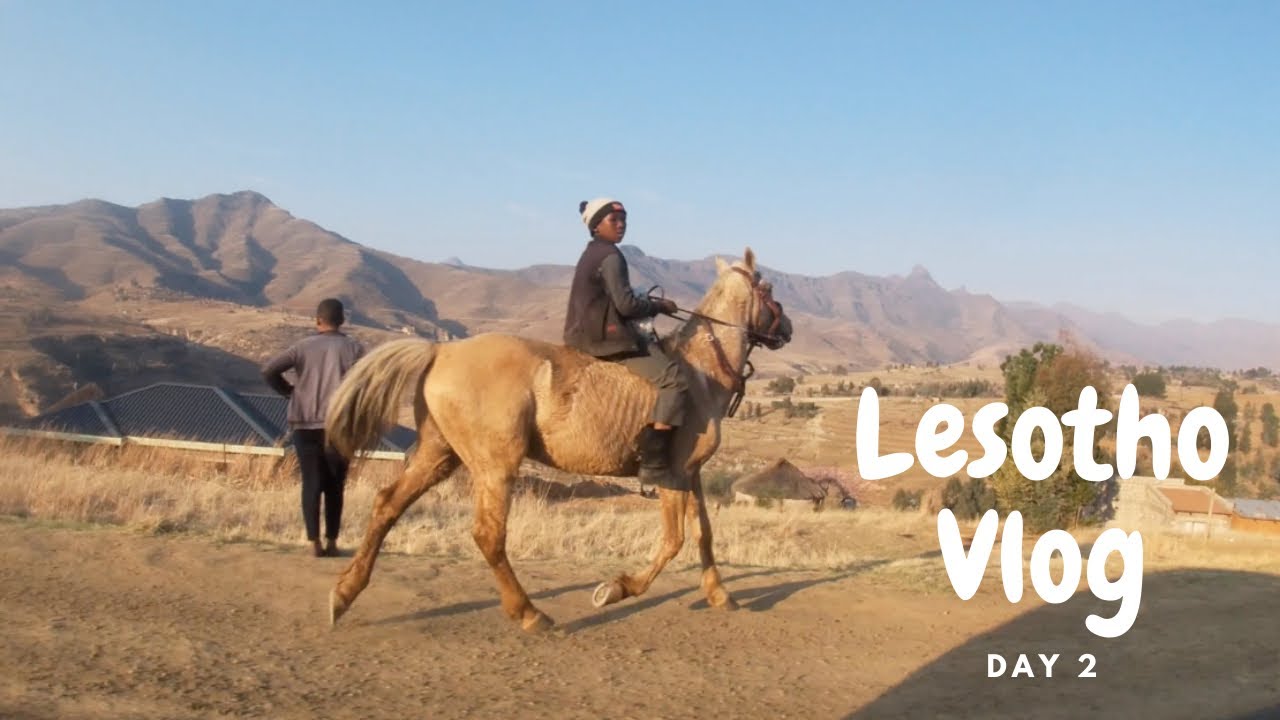

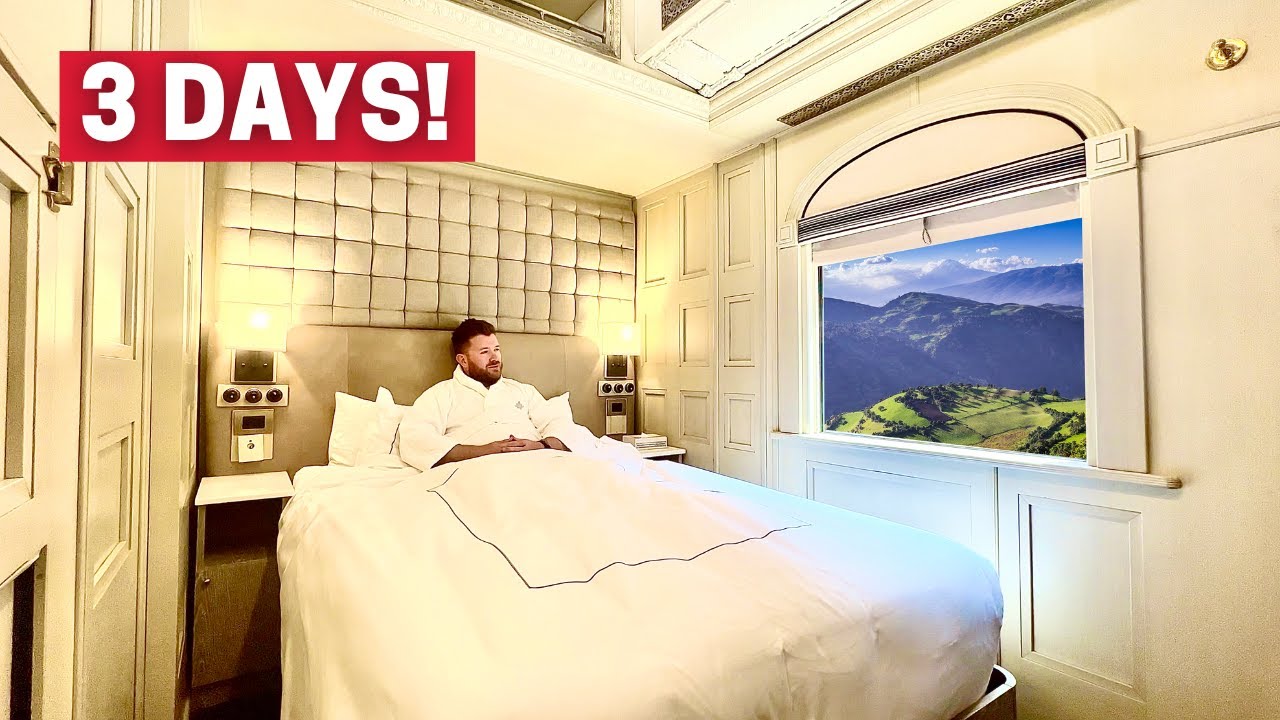
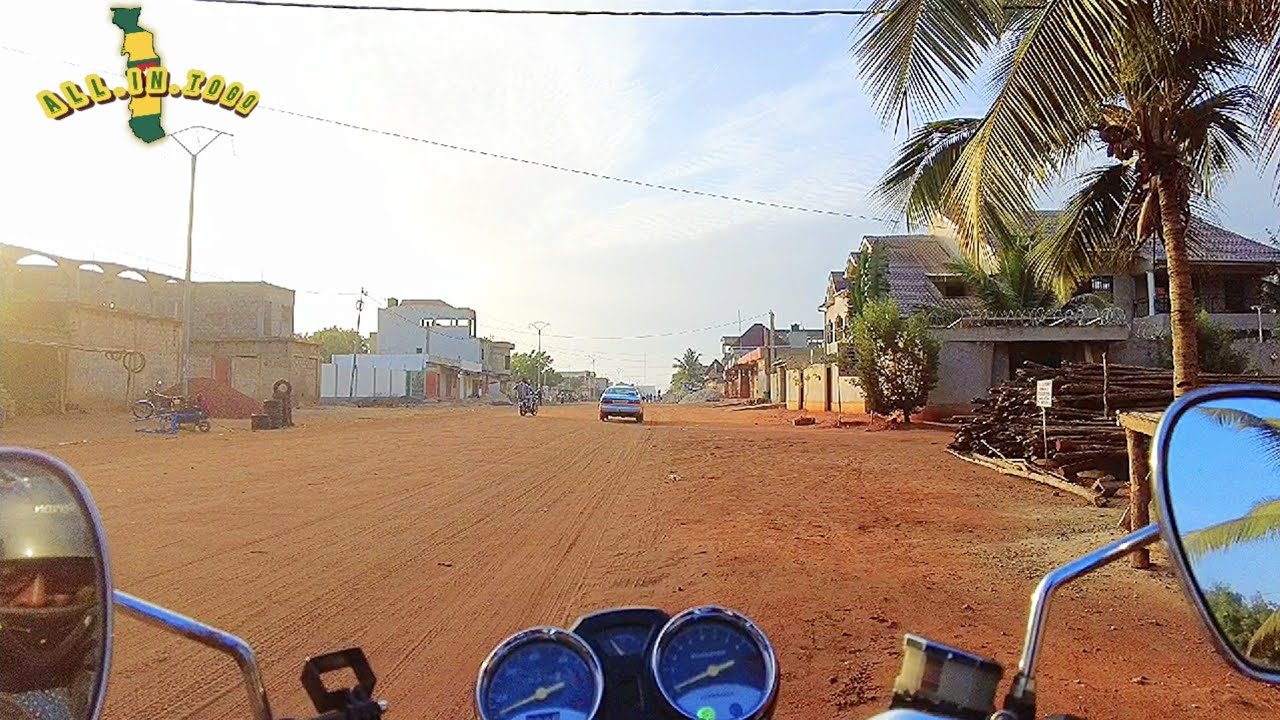
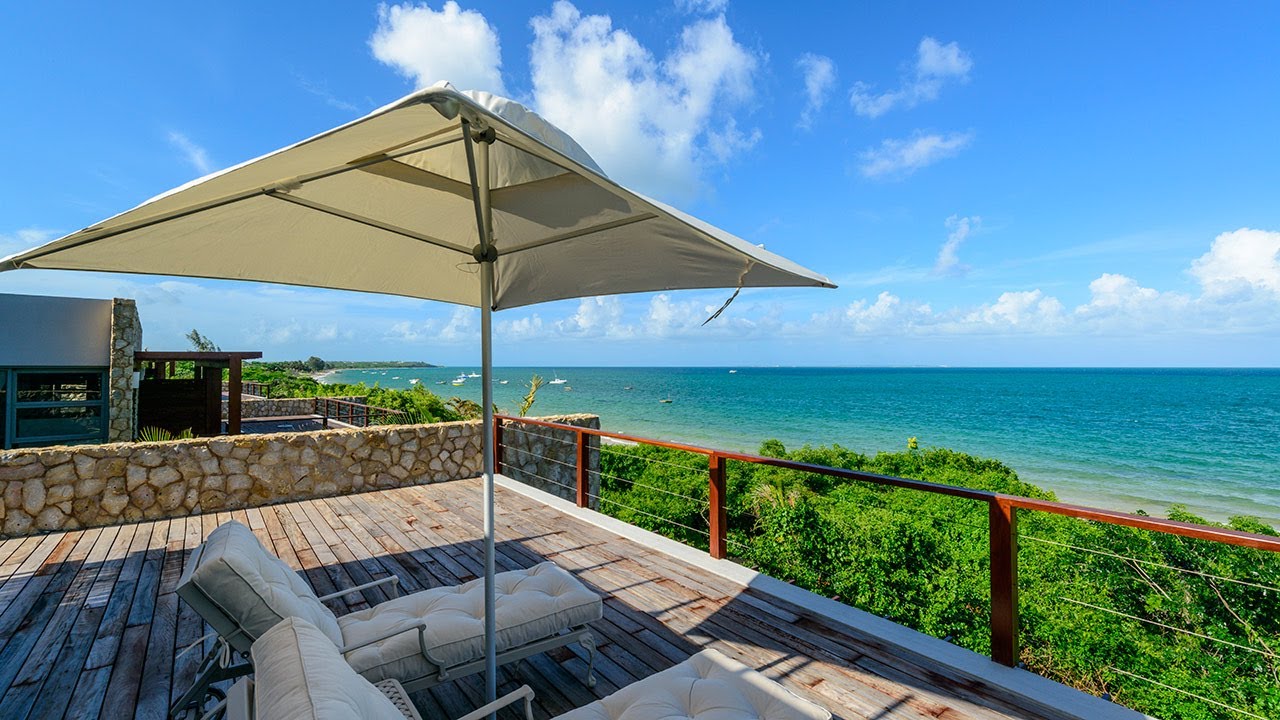

Hmmm interesting
The Benin Empire (Edo people/tribe) in Nigeria 🇳🇬 is NOT the same as Republic of Benin 🇧🇯 (country) formerly called The Kingdom of Dahomey. They are two completely different countries and people, non Nigerians mostly get it wrong.
Wow
Not museums across the world, only one museum in particular👀
Do you have a video talking about the royal palace of Benin? They say it was huge with more than 120 rooms, Not much is said about traditional sub-Saharan African Architecture
Great video. I am author of the books: The Great Wall of Africa: The Empire of Benin’s 10,000 Mile Long Wall, The Real Wakandas of Africa and The Real Vibranium of Africa (by Maurice Miles Martinez). Most people are unaware that African people built a wall before transatlantic slavery in the Benin empire that is one of the most massive structures in the world. At 10,000 miles long, the Great Wall of Africa contains more material than all of the buildings in New York City’s Manhattan. If cut into 1 meter high blocks, it would wrap around the equator more than 65 times! It is arguably the planet’s greatest man-made structure. Yet, it has been ignored by historians. In my book The Great Wall of Africa: The Empire of Benin’s 10,000 Mile Long Wall, I explore the dimensions of the wall, the history of the Benin Empire’s Kings (Obas) and the stolen Benin Bronzes. These treasures that sit in the world’s museums amount to more than $14 Billion. Most people who read this book are left wondering why they never heard about the Great Wall of Africa in their history classes. The world needs more videos on this topic.
Maurice Miles Martinez
Hooray for Benin.
Some corrections.
Portugual offered firearms for slaves but Oba Esigie refused and in 1516 banned the export of male slaves in the empire and especially in 1530 when their textile industry began to thrive. It wasn't until Benin traded with the Dutch for firearms for goods like Benin Peppers, Ivory, Palm Oil, Cloth, Beads, and Redwood and slavery eventually died out in the late 1600s. This forced the Portuguese to move to Warri for supply of slaves. Slavery in Benin society back then was seen as taboo and in 1700 by decree any Benin merchant participating in the trade were severely punished (executed). It was Oba Akengbuda from 1750 CE to 1804 CE under his guild at Igun n'Ugboha encouraged local production of light firearms, muskets, and flintlock hand-guns become less reliant on European firearms. During the periods in 1485 until the early 1500s the first couple hundreds of slaves were sold to the Portuguese that ended up in other parts of Africa such as the Gold Coast to work on the goldmines and Portuguese controlled Archipelagos such as Sao Tome and Principe. Even then, the Obas made it extremely diffcult for Europeans to buy slaves.
If you wish for sources, I dont mind providing.
Great ❤
Thanks for this great information.
This, was a black Jew Kingdom.
This is great – keep 'em coming